Loading...
tech
University of Texas at Austin

AI Just Supercharged mRNA Medicine, And the Future of Disease Treatment May Never Be the Same
A revolutionary tool developed at the University of Texas uses artificial intelligence to speed up the design of mRNA therapies for viruses, cancers, and genetic conditions, cutting development time from months to days.

John Hopkins University
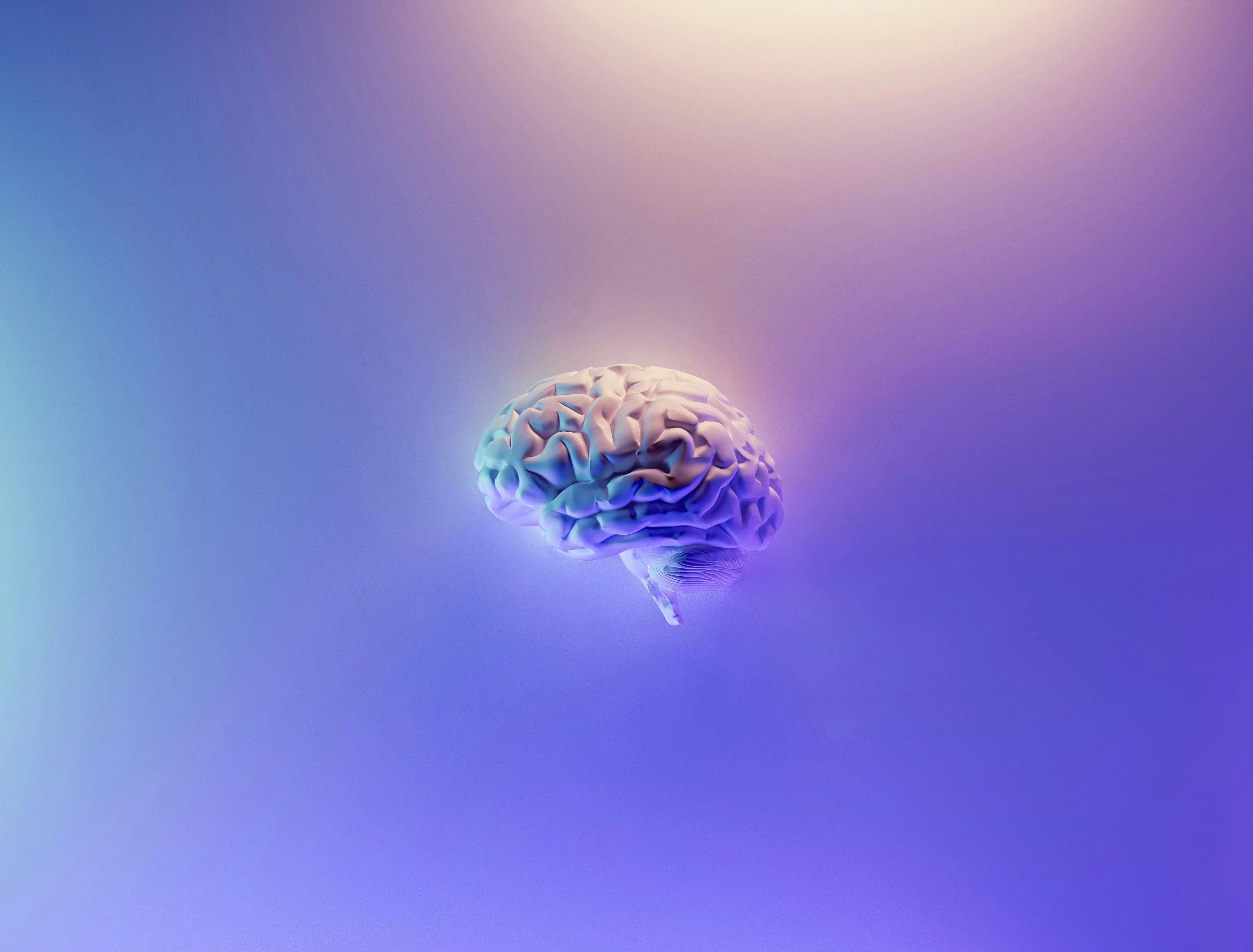
Scientists Grow a Miniature ‘Whole Brain’ in the Lab, And It’s Unlike Anything Seen Before
In a world-first, Johns Hopkins researchers develop an organoid mimicking the entire human brain structure, opening new doors for understanding autism, schizophrenia, and Alzheimer’s.

University Of Cambridge

AI Can Now Spot Deadly Landslides Before Humans Can, And That’s a Gamechanger
Cambridge scientists are using artificial intelligence to scan mountains and disaster zones in real time, detecting landslides faster than ever before. It could save thousands of lives in the wake of extreme weather and earthquakes.

Seoul National University

Solar Power’s New Record: Korean Scientists Smash Efficiency Limits With Tandem Cells
A breakthrough in perovskite/CIGS tandem solar cells boosts power conversion efficiency to 26.3%, promising cleaner, cheaper, and more sustainable energy worldwide.

The Chinese University of Hong Kong
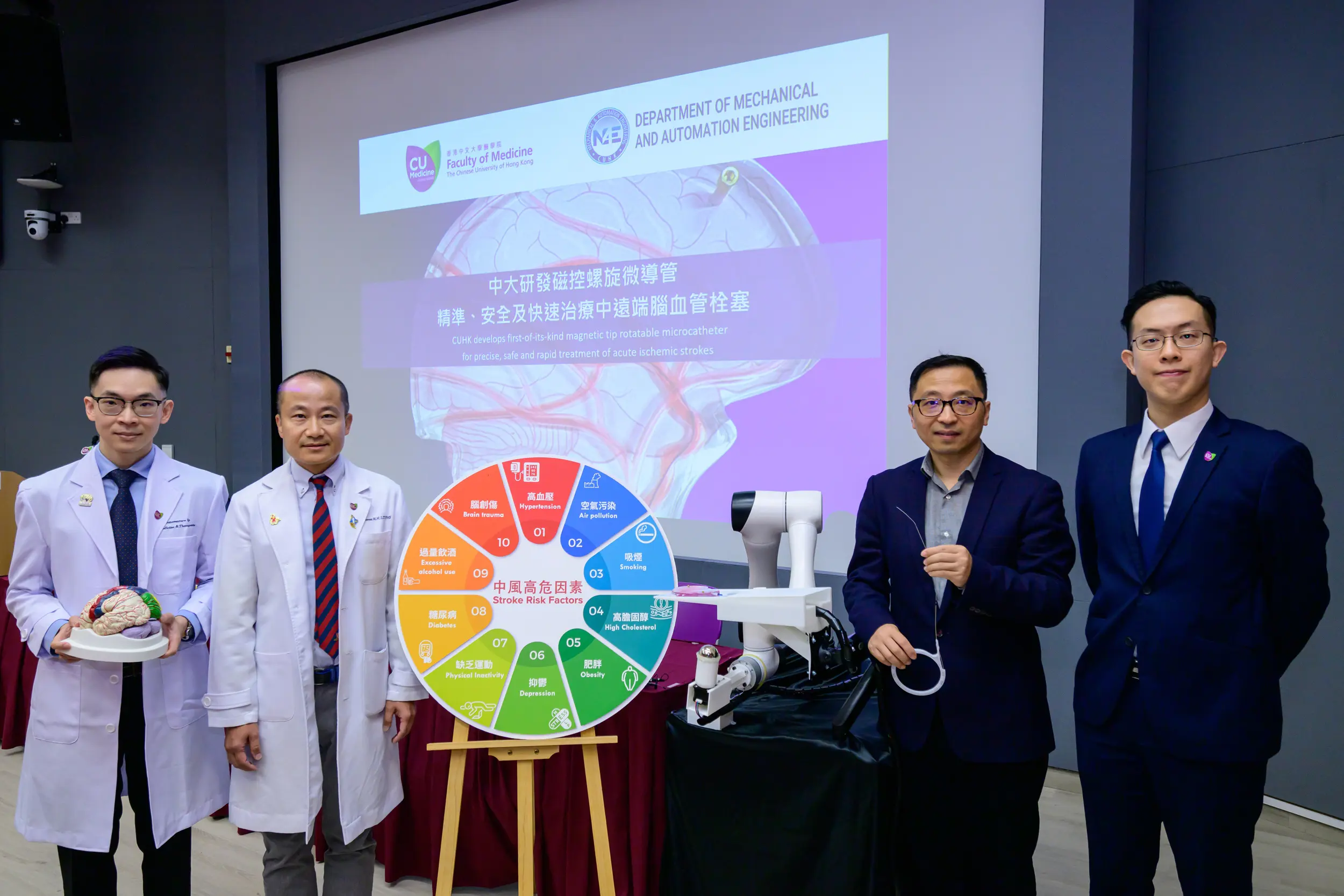
A Magnetic Breakthrough in Stroke Surgery: This Tiny Invention Could Save Millions
Engineers and doctors in Hong Kong have developed a world-first magnetic microcatheter that can rapidly and safely reach brain clots, offering unprecedented precision in the fight against stroke.

KAIST
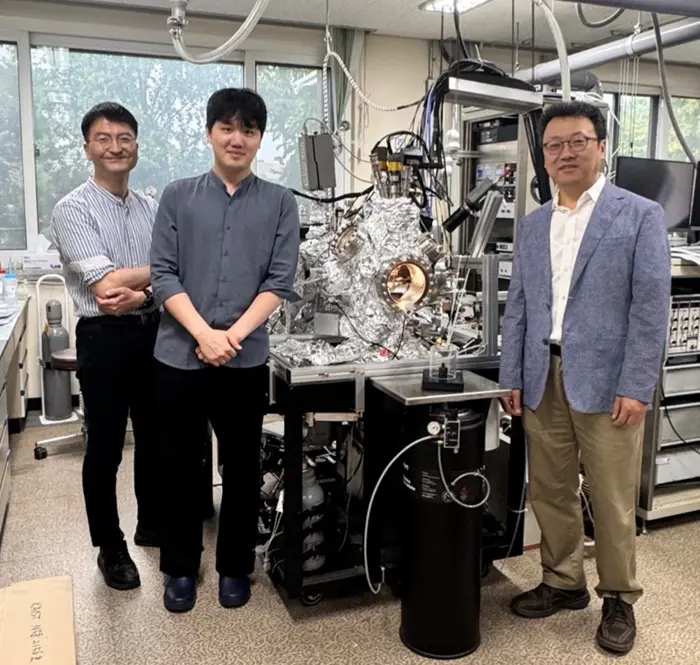
This Tiny Catalyst Could Be a Game-Changer for Air Pollution. Here's How It Works
Scientists at KAIST unveil an atomic-scale breakthrough that traps and neutralizes toxic pollutants with stunning efficiency.

EPFL

This Unexpected Use of Uranium Could Change Farming Forever
Scientists have discovered a radical new way to convert nitrogen in the air into ammonia using uranium, a breakthrough that could revolutionize fertilizer production and cut global emissions.

University Of Cambridge

How AI Is Revolutionizing Science: The Future of Discovery Is Smarter, Faster, and More Surprising
Artificial intelligence is reshaping research at places like Cambridge could this be the biggest leap in human knowledge since the scientific method itself?

UCLA

This Tiny Magnetic Trick Could Power the Future of All Electronics
A groundbreaking magnetic technique promises to revolutionize how electronics are made, boosting speed and energy efficiency like never before.
MIT
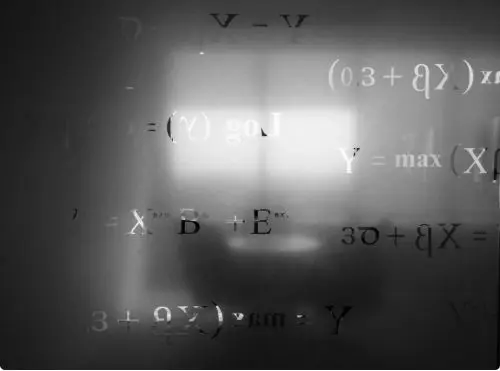
AI’s Secret Math Trick: How Language Models Outsmart Time Without Memory
MIT scientists have uncovered the surprising way AI language models track changing situations, not by remembering sequences, but by doing shortcut arithmetic. The discovery could reshape how we design future intelligent systems.

John Hopkins University
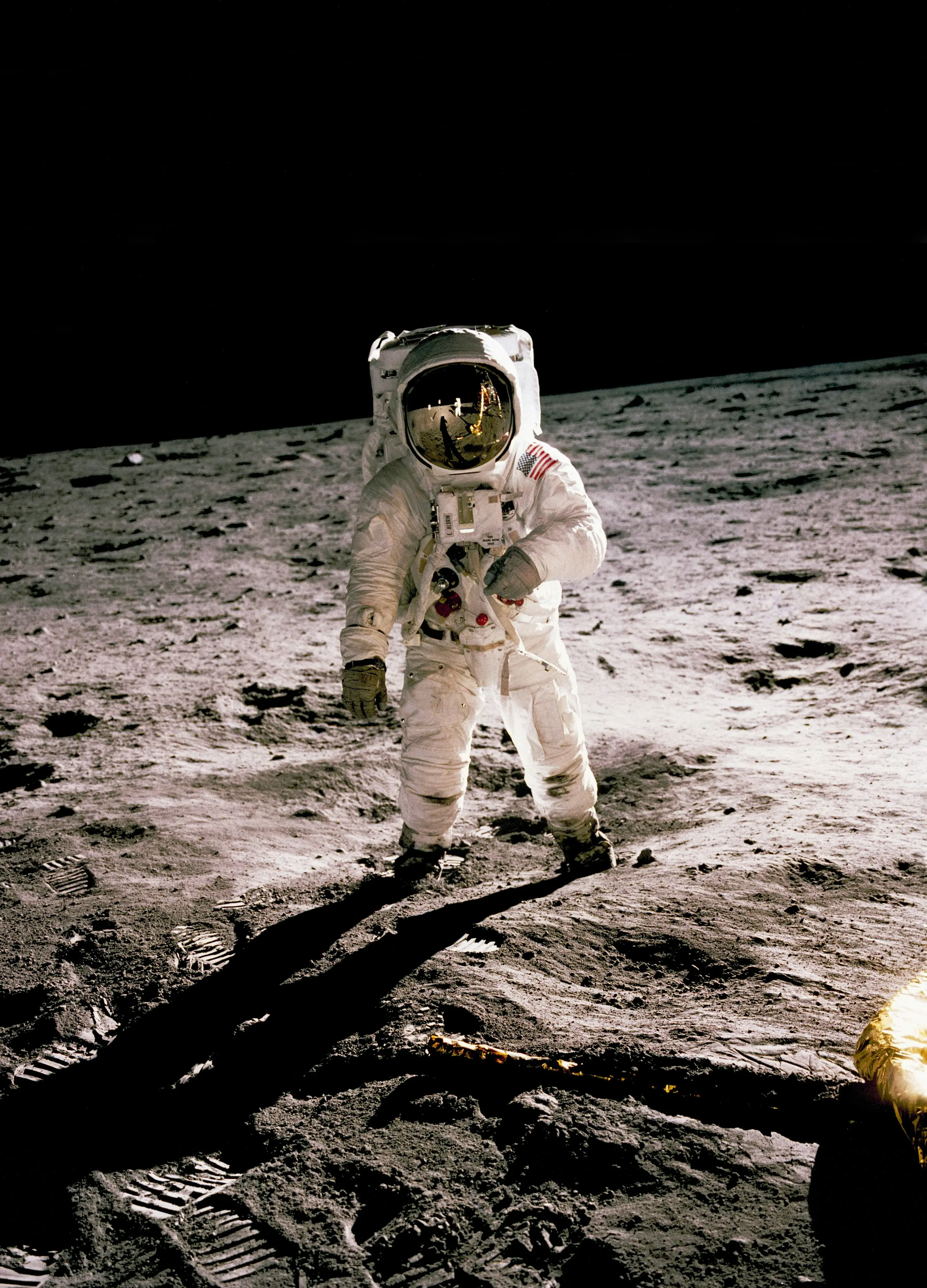
Moon Landings Trigger Violent Dust Storms, And That’s a Big Problem for Future Missions
NASA-backed engineers uncover how lunar landings unleash deadly, high-speed dust blasts that could threaten spacecraft, astronauts, and equipment.

The University of Western Australia

A 50-Year-Old Problem Finally Solved: New Device Could Save Babies From Birth Asphyxia
Western Australian innovation promises real-time detection of fetal oxygen deprivation during labour potentially preventing cerebral palsy and other lifelong disabilities.

University of Glasgow

When the Universe Sings: Physicist and Artist Turn Cosmic Rays into Mesmerizing Music
A unique collaboration brings the invisible whispers of cosmic rays to life, creating a cosmic concert that’s part science, part art, and pure wonder.

MIT

AI Can Now Grasp What It Sees, And That Changes Everything
MIT researchers have discovered that a hidden part of many AI systems can do far more than expected, unlocking new powers to edit, generate, and even comprehend images with unprecedented accuracy.

The University of Adelaide

This Aussie Innovation Could End Battery Waste Forever, And Supercharge a Greener Future
A bold new research centre in Australia aims to revolutionize how we recycle lithium batteries, turning toxic trash into clean tech treasure.
